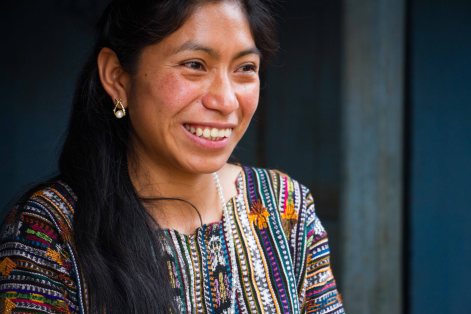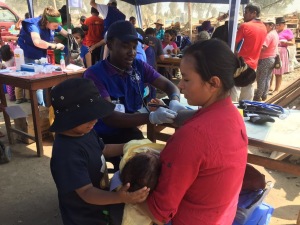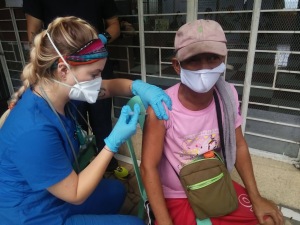This is a guest blog post by Markus van Alphen.
An important task you have as a leader is giving feedback. Not only in terms of task performance (so that the other knows how he or she is doing), but also in terms of social behavior. This article is about just that: giving feedback on someone’s behavior with the intention that the other actually does something with that feedback. In other words, you give feedback because you would like to see different behavior. In a previous post, we looked at the difference between compliments, criticism and feedback. We now deal with the rules you should follow in order to increase the chance that your feedback will lead to desired results.
Feedback Is About Behavior That Can Be Modified
The term feedback stems from General Systems Theory, where it means that the output (or result) of a system is fed back to the input, with the objective being to maintain or change that output. In communication theory, feedback means telling someone what the effect of their behavior is, in order that they can change it. Feedback is about behavior that can be changed. It is different from criticism, in that the person receiving the feedback is actually able to do something with it. Feedback in its simplest form is nothing other than giving someone a tip, a suggestion how to handle something differently. In its most complicated form it is an observation on the effects of certain behavior and a suggestion as to what alternative behavior would be preferred.
Feedback Is Used To Elicit Different Behavior
There are three main reasons to give feedback: A tip may be given simply to help the other person; another may ask you for feedback, or you can give feedback so that the other will change their behavior. Even when giving another person a tip, as a leader you will often do so because you want them to do something differently. So, other than when someone specifically asks for feedback, you generally give it for your own reasons – you want the other to behave in such a way that you or your organization benefits (or is disturbed less). In that sense it is a special form of making a request. So, before even thinking of giving feedback, it is good practice to consider what you want from the other, why you want that, and whether it is realistic and acceptable to expect this of them. This because there is little point to giving feedback when you up-front know the other isn’t going to do anything with it. In that case some other intervention is more appropriate.
The Best Way To Give Feedback
What, then, is an effective way to give feedback? Here are some general rules to raise the probability that the other will actually (attempt to) autonomously change their behavior:
- Face-to-face, alone: Especially when feedback is unsolicited, it isn’t given publicly but privately. This may mean you need to create an opportunity in which feedback can be given. Usually a simple invitation will suffice, such as: ‘May I have a word with you?’, ‘Do you have a minute for me?’ or ‘When could I speak with you privately?’
- Introduce the goal: Without beating about the bush, briefly state the purpose, for example with: ‘I would like to speak with you about something I have noticed / something that bothers me / something I don’t appreciate’. By being direct and transparent, you are being forthcoming and genuine. Suppress the desire to begin with something positive or a compliment, as the receiver will already anticipate what is about to happen. They are waiting for the ‘… but …’ and will interpret the compliment as a trick. It isn’t a compliment at all (everything before the word ‘but’ may be erased), rather a devious way to introduce something negative.
- Recent behavior: Let bygones be bygones. It is easier to remember something that happened today or yesterday than something that happened last week. If the other cannot even remember exactly what happened, chances are your message won’t come across. Also, stick to that one recent event and don’t drag in the past using all the previous occasions and examples as ammunition. Doing that will probably lead to a discussion, meaning that the essence (that which you would like the other to change) is left untouched.
- Concrete behavior: What did the other do exactly? You will need to spell this out in terms of concrete behavior. ‘How you behaved towards your colleague’ or ‘The way you dealt with that client’, are far from concrete: What do you mean by these statements? Better are: ‘You were gossiping about your colleague at the coffee machine’ or ‘You repeatedly interrupted the client whilst he was speaking’.
- The effect of current behavior on you in the I-form: Behavior has an effect on a person, and it is a good strategy to mention how another’s behavior affects you, using the I-form. It sets a general tone: It is difficult to question another’s feeling. This reduces the chance the other will get defensive and start a discussion. When I say, ‘It makes me feel uncomfortable’ then most people will intuitively know that saying ‘No, it doesn’t’ isn’t really an appropriate retort. Even in your position as leader it is better to stick with your own personal experience (‘I feel very uncomfortable when clients are treated disrespectfully’, for example) than refer to the effect of the behavior on others.
- Offer alternatives: In terms of concrete, executable and desirable behavior, even if it is only one alternative, the other can at least choose to continue their behavior without change (in which case another intervention might be needed later on) or try the alternative. This is also the essential ingredient of feedback: Letting the other know what you do want or would rather see.
- Short and sweet: Your message and your wish come across strongest when you don’t beat about the bush, but stick to the core issue. You weaken your message (and the other’s willingness to do something about it) by bringing in several arguments as ammunition (such as why you are justified in expecting this). You already have given your strongest argument when you say what the effect of their behavior is on you.
- Ask for willingness: The other’s willingness to change something in their behavior increases when you explicitly ask: ‘Would you do that for me?’ This is for two reasons: Firstly, most people find it difficult to turn down a request for help, more so than any other kind of request. Secondly, by not explicitly asking, the other could see your message as nothing more than a comment in passing, and won’t feel any urgency to act on it. When the other says they will do something (or try to do something), the chances become greater that they will actually do what they have promised.
- Listen to the reaction: The last step is to be quiet, listen to any reaction the other may give, and if at all possible leave the choice up to them. When people are given the opportunity to make their own decisions, they feel in control, that their opinion counts and that they are taken seriously. By formulating feedback as a choice rather than a demand, you give them the power to act as capable, independent individuals. A self-made choice is far more likely to lead to them to actually follow through on that choice.
Feedback needs to be given in the correct dosage, meaning taking the other’s resilience into account. Extensive feedback using the rules above is effective when used occasionally and for meaningful issues; it certainly shouldn’t be used for every triviality.
Others can also give you feedback, regardless of whether or not you ask them for it. Even if they do or don’t follow the rules for giving feedback, if they address behavior you could change, then the best strategy is to thank them for their input or (at the least) tell them you will think about it. If you do decide to do something differently, you do the other more than justice by telling them what you did with their feedback. Whether you like it or not, as a leader you are a role model. The message you give is that it isn’t a bad thing when someone calls you on your behavior, and that everyone is in a position to change something in their behavior.
Just like receiving compliments, receiving feedback also requires certain skills. Firstly: Feedback shouldn’t be taken personally. You may assume the other has something to say about how you do something, not about you as a person. So it is good practice to suppress the tendency to get defensive. If you are only thinking up arguments why the feedback is unjust, you’re missing an important opportunity: The other is making an effort to offer you alternatives. Maybe those alternatives will work, maybe they won’t, but you will only know if you know what they are and try them out. That is why it is better to listen attentively and direct your attention to what you can do differently. In other words, take advantage of the alternatives offered you. It is also a sign of respect to thank the giver of feedback.
To recapitulate: Criticism usually disrupts in a negative way, largely as the receiver cannot do very much with it or about it. Feedback is a way to make wishes known in such a manner that the chance of the receiver being able to do something with it increases. The main characteristics of feedback are that concrete behavior is described and that specific, realistic and desired alternatives are suggested. If at all possible it is then left up to the receiver whether they actually want to do something with this feedback.
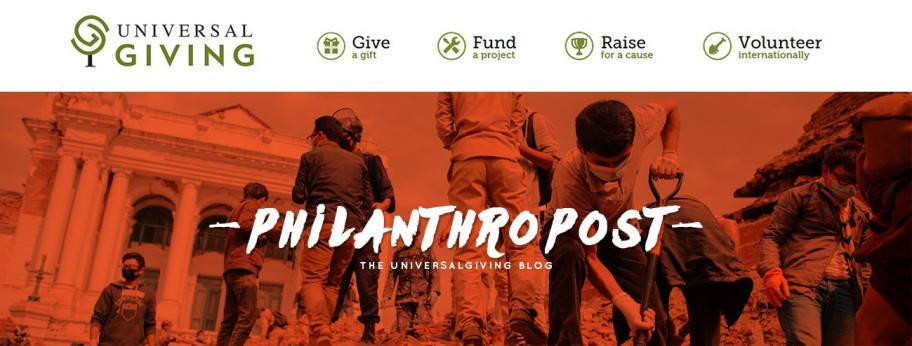
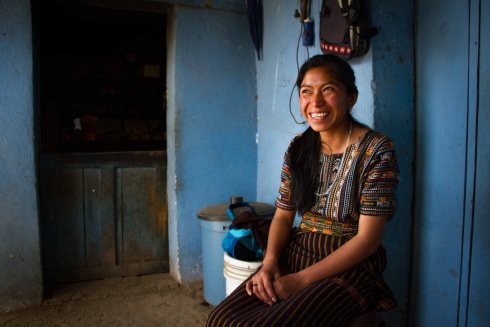 (Photo by Livvy Runyon)
(Photo by Livvy Runyon)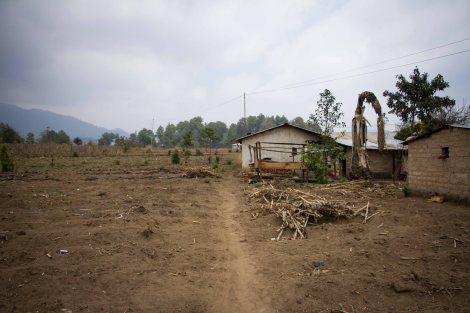
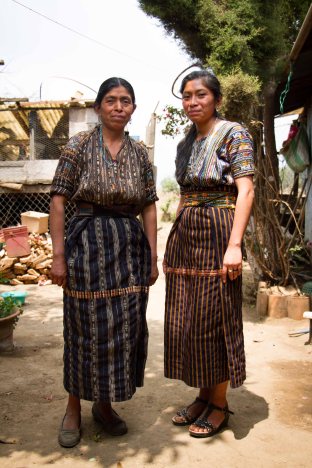 Marisela has found support from her family and now, from many others. She was recently chosen as one of the 2017 recipients of the Rosa Scholarship, an award specifically to cover the school costs for high-achieving, young indigenous women who are pursuing higher education. Now in her last year of university, Marisela describes this scholarship as a great fortune, “because now I am fulfilling my dreams.”
Marisela has found support from her family and now, from many others. She was recently chosen as one of the 2017 recipients of the Rosa Scholarship, an award specifically to cover the school costs for high-achieving, young indigenous women who are pursuing higher education. Now in her last year of university, Marisela describes this scholarship as a great fortune, “because now I am fulfilling my dreams.”